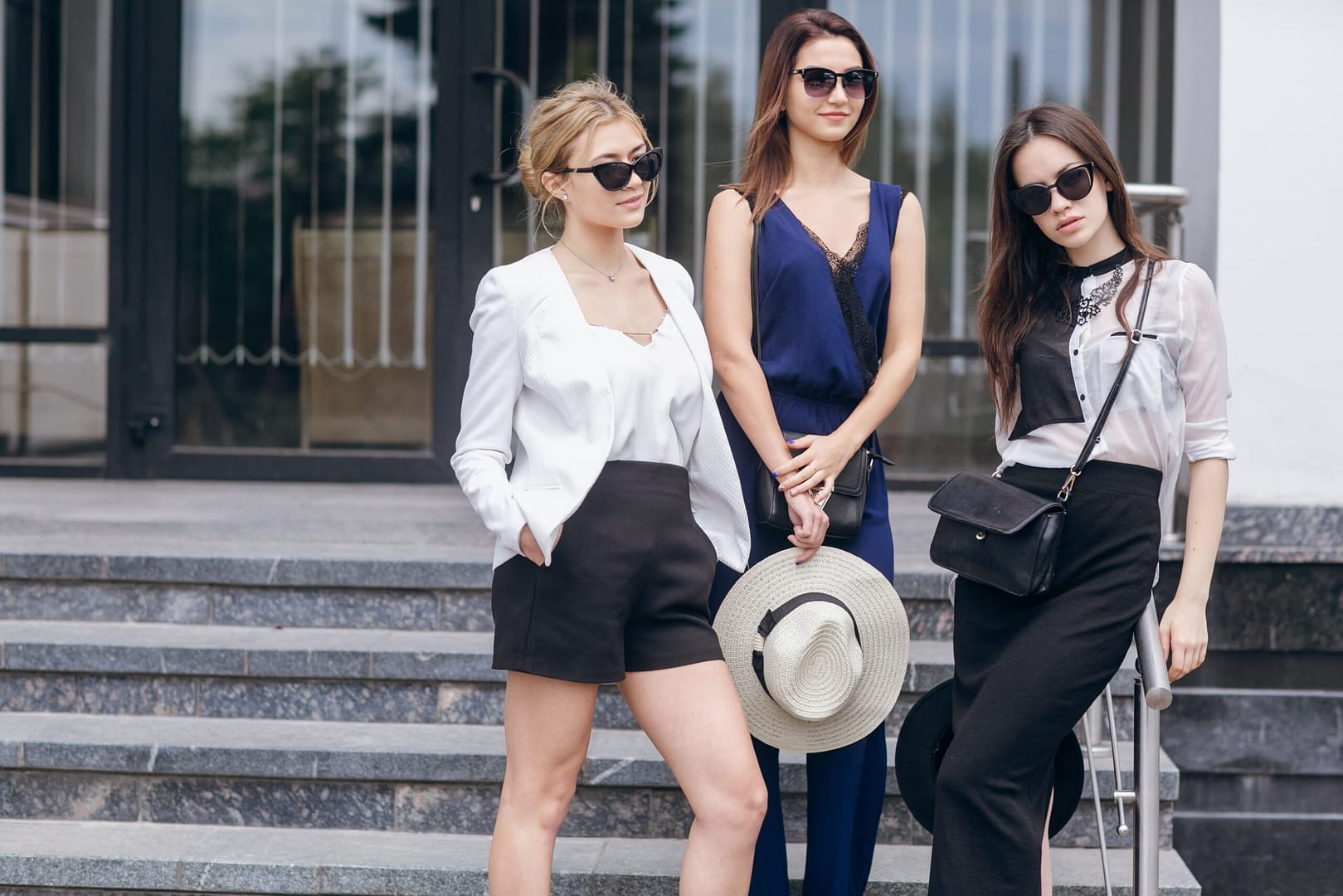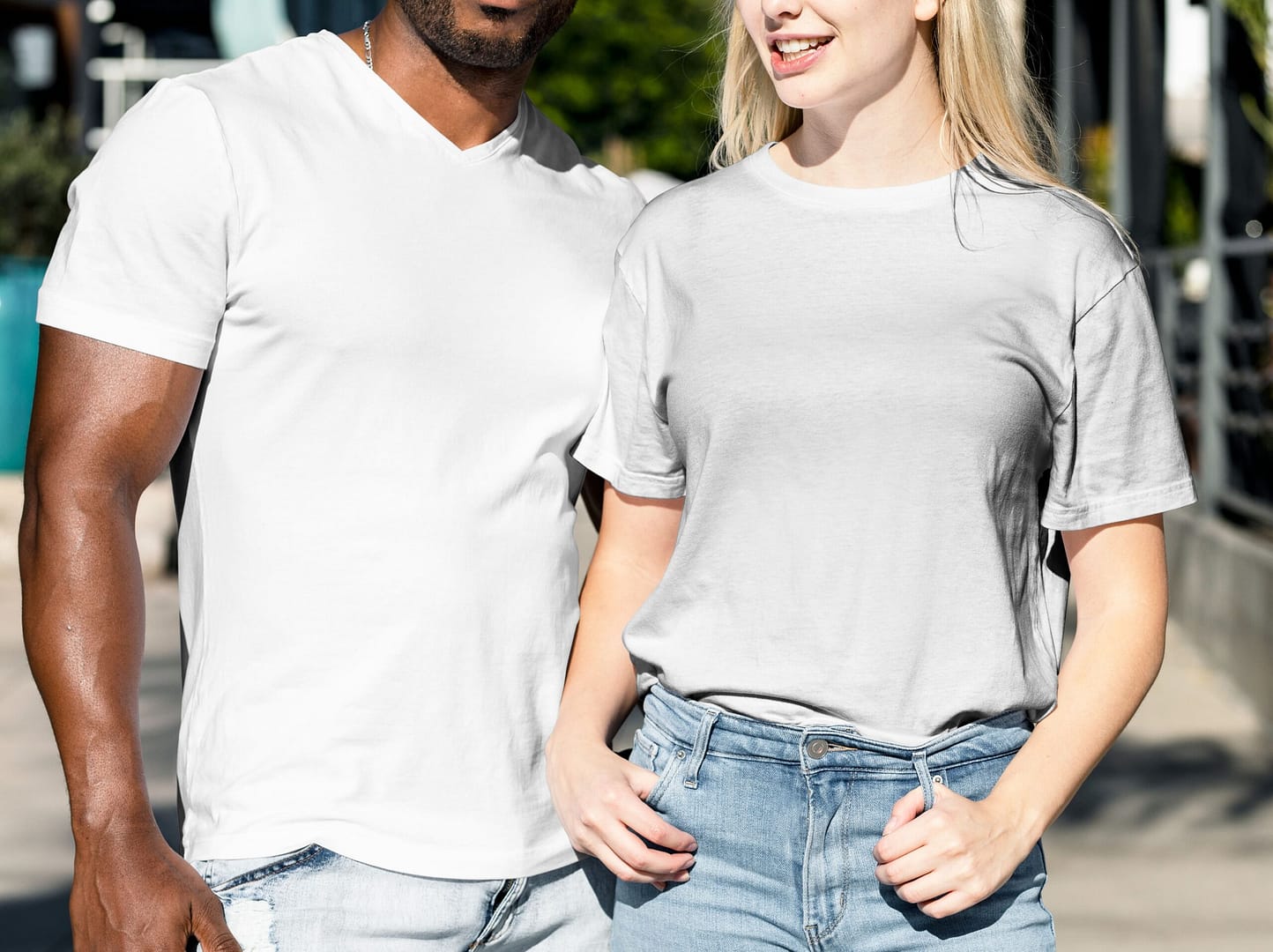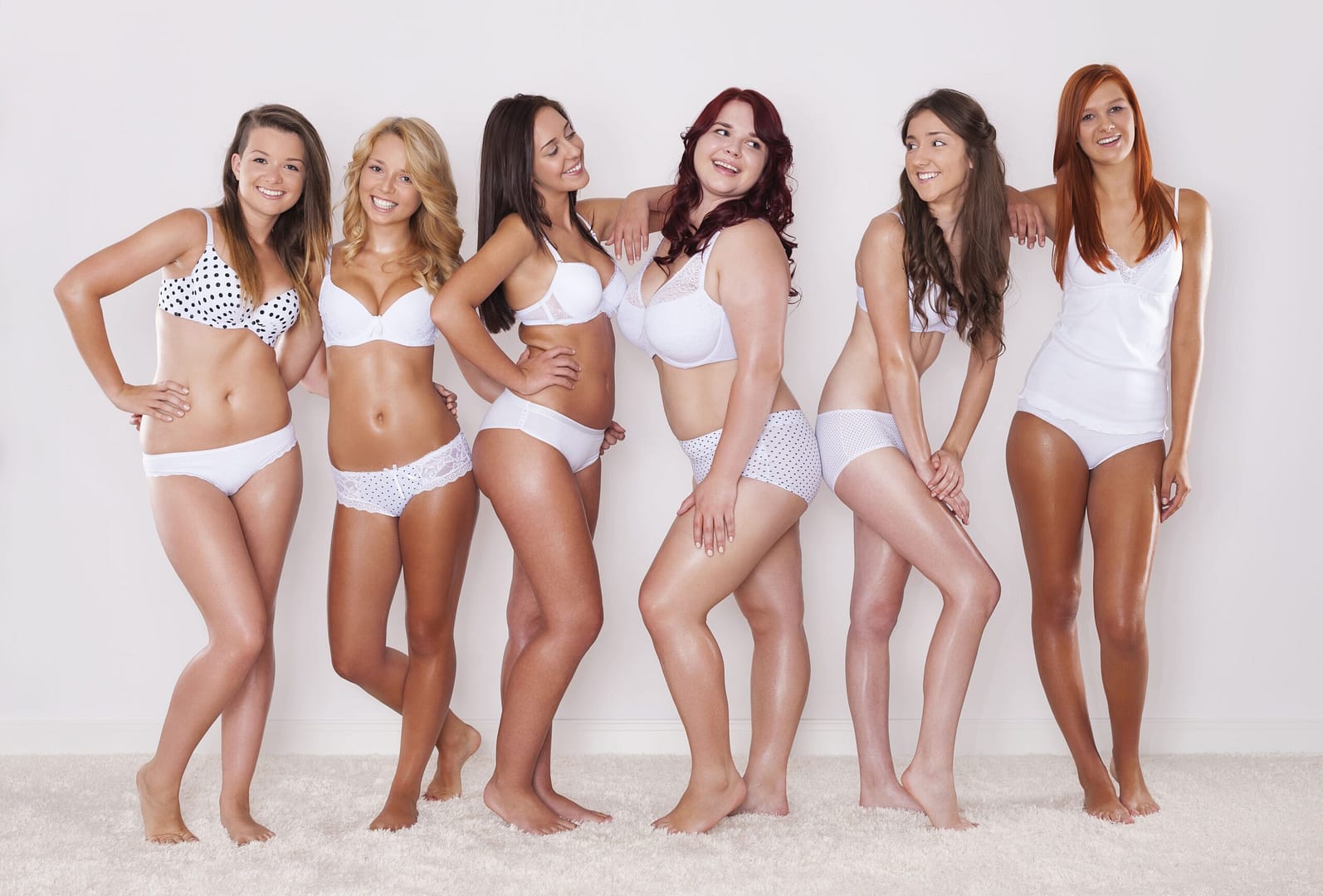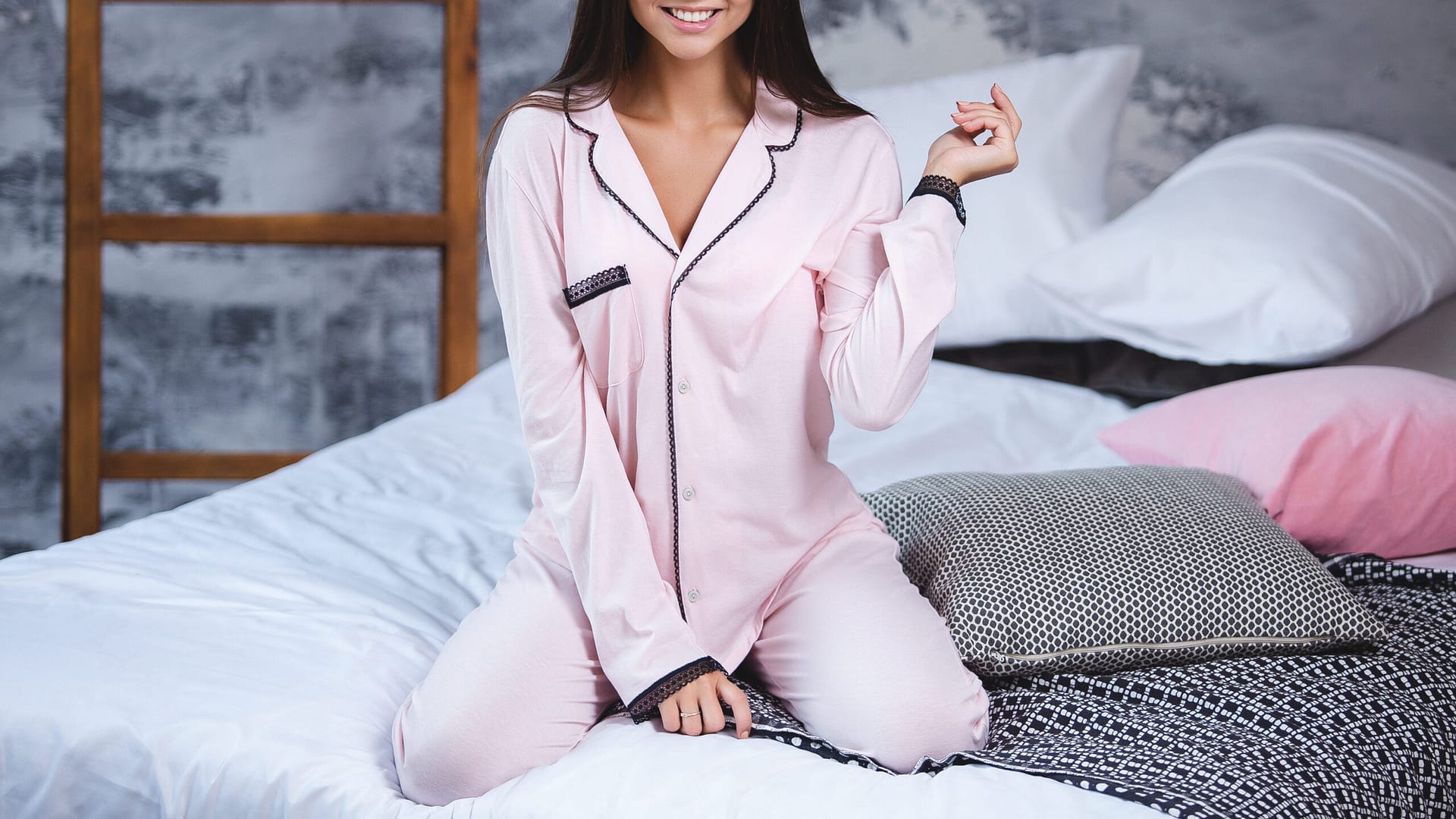The Ultimate Dress Fabric Guide: Top 10 Fabrics For Your Dress
By Raymond Lau – October 17, 2023
Dresses are a category that most brands cannot avoid when selecting their product lines. This article will introduce the most commonly used fabrics for making dresses.
Typically, when we classify fabrics, we do so based on different compositions or constructions, as fabrics are woven from yarns. For example, a twill fabric can be woven with cotton yarn or polyester yarn. Similarly, using cotton yarn, we can weave poplin or corduroy.
Which fabrics are best suited for making dresses?
Lightweight and medium-weight fabrics such as cotton, polyester, linen, and synthetic silks/viscose are popular choices for everyday dresses due to their skin-friendly comfort. For evening gowns, fabrics like silk, polyester, velvet, chiffon, georgette, organza, satin, and lace are chosen to achieve different effects, considering the need for flow and transparency. For summer dresses, cotton and linen provide a cool and breathable feel, while in winter, woolen fabrics offer the utmost comfort and warmth. Fabrics need not necessarily be of a single composition; at times, blended fabrics are also a good choice to meet multiple requirements.
Introduction of common dress fabrics
Poplin
Poplin is a type of plain-weave fabric made from cotton, polyester, wool, or a blend of these fibers. It is a smooth, lustrous fabric with a fine, tight weave. The name poplin comes from the French word “poplin“, which was originally used to describe a type of fabric made in the city of Poperinghe, Belgium.
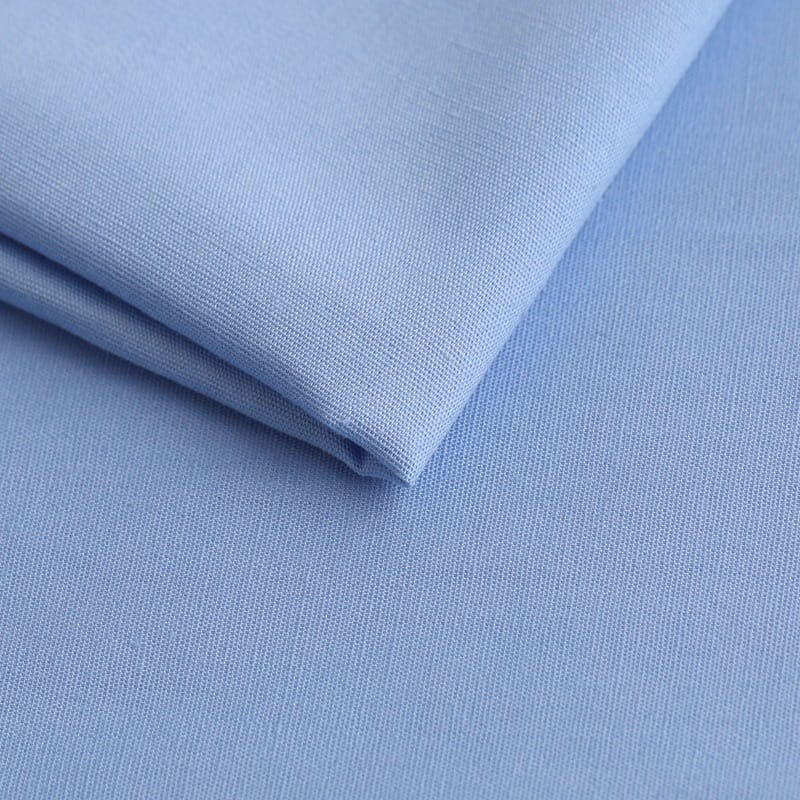
Advantages of poplin fabric:
- Soft and smooth to the touch
- Fine and lustrous
- Good drape
- Easy to care for
- Durable
Disadvantages of poplin fabric:
- Expensive
- Can pill
Poplin fabric is suitable for a variety of dress styles, especially for formal occasions such as business meetings, banquets, and evening parties. The sheen and texture of poplin fabric can make the wearer look more elegant and sophisticated.
Recommended dress styles for poplin fabric:
-
- Body-con: Suitable for slim women, can accentuate curves.
- A-line: Suitable for women of all shapes, can cover leg flaws.
- Puff sleeve: Suitable for young women, can add a sweet touch.
- Off-shoulder: Suitable for women with outstanding temperament, can show sexy collarbone.
Percale
Percale is a type of plain-weave fabric made from a fine yarn. It is characterized by its smooth, lustrous surface and soft, comfortable hand. Percale is a versatile fabric that can be used to make a variety of dresses, from casual to formal.
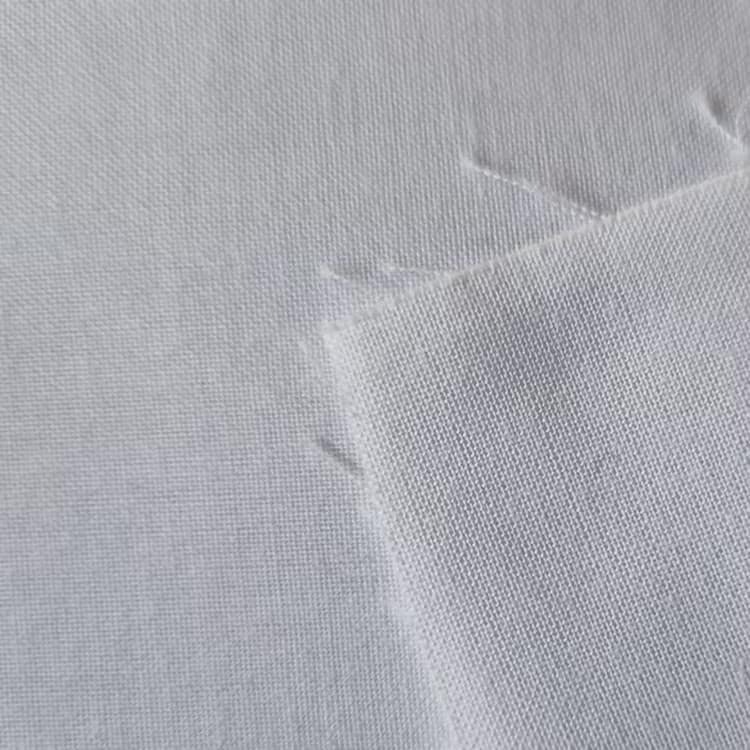
Advantages of percale fabric:
- Soft and comfortable to the touch
- Smooth and lustrous surface
- Good drape
- Easy to care for
Disadvantages of percale fabric:
- May be expensive
- Can be prone to wrinkles
Recommended dress styles for percale fabric:
-
- Body-con: Suitable for slim women, can accentuate curves.
- A-line: Suitable for women of all shapes, can cover leg flaws.
- Puff sleeve: Suitable for young women, can add a sweet touch.
- Off-shoulder: Suitable for women with outstanding temperament, can show sexy collarbone.
Linen
Linen fabric is based on linen fiber as raw material spinning and weaving fabrics, characterized by moisture absorption, fast moisture dispersion, not easy to adsorb dust, easy to wash and fast drying, the surface has a special luster, stretch small, cool and comfortable to wear, is the ideal fabric for summer dresses.
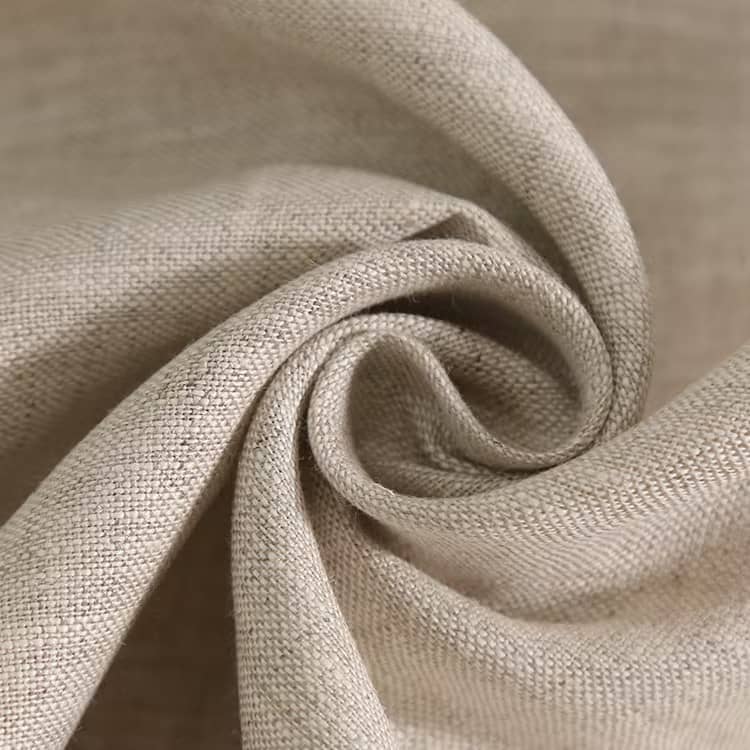
Advantages of linen fabric:
- Durable and long-lasting
- Breathable and cool to wear
- Wrinkle-resistant
- Eco-friendly
Disadvantages of linen fabric:
- Can be expensive
- May be stiff and scratchy at first
- Can shrink in the wash
Recommended dress styles for linen fabric:
- A-line: A versatile style that flatters all body types
- Shift: A simple, elegant style that is perfect for everyday wear
- Kaftan: A loose-fitting style that is perfect for hot weather
- Maxi: A long, flowing style that is perfect for special occasions
Bali Voile
Bali voile is a type of plain-weave fabric made from cotton or polyester. It is characterized by its thin, sheer fabric and soft, comfortable hand. Bali voile is a versatile fabric that can be used to make a variety of dresses, from casual to formal. Dresses made of Bali Voile usually require the addition of a lining to prevent see-through.
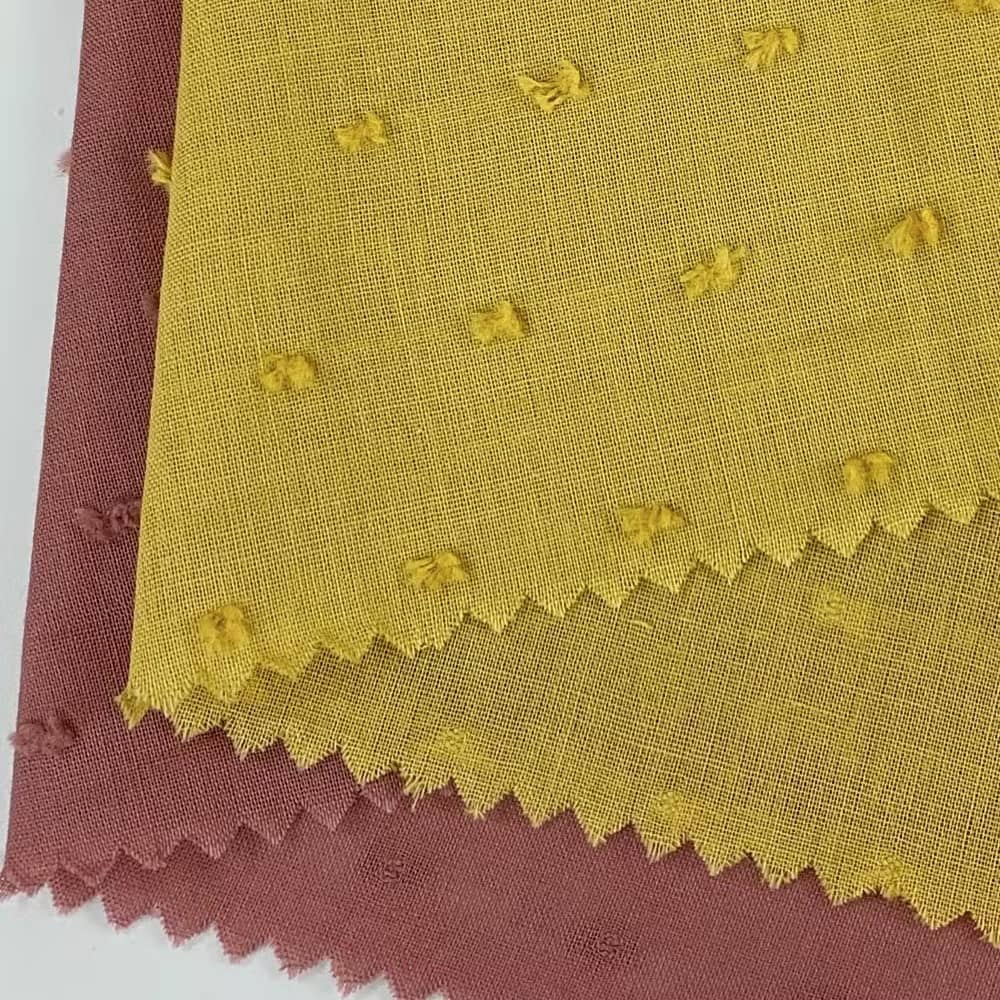
Advantages of Bali voile fabric:
- Thin, sheer fabric
- Soft and comfortable hand
- Breathable and cool to wear
- Easy to care for
Disadvantages of Bali voile fabric:
- May be see-through
- Can be prone to wrinkles
Recommended dress styles for Bali voile fabric:
- Casual:
- Shift dress
- Wrap dress
- Maxi dress
- Formal:
- Cocktail dress
- Evening gown
- Ball gown
Satin
Satin is a type of woven fabric that is characterized by its smooth, shiny surface. It is made with a satin weave, which means that the warp threads are floated over several weft threads. This creates a fabric with a distinct sheen.
Satin is a versatile fabric that can be used to make a variety of dresses, from casual to formal. It is often used for evening gowns and cocktail dresses because of its luxurious appearance. Satin can also be used for more casual dresses, such as sundresses and sundresses.

Advantages of satin fabric:
- Smooth, shiny surface
- Luxurious appearance
- Versatile
- Easy to care for
Disadvantages of satin fabric:
- Can be expensive
- Can be slippery
Recommended dress styles for satin fabric:
- Casual:
- Sundress
- Maxi dress
- Formal:
- Evening gown
- Cocktail dress
Acetate Fabric
Acetate is a type of synthetic fabric that is made from cellulose acetate. It is characterized by its smooth, shiny surface, drape, and wrinkle resistance. Acetate is often used for dresses because it is both stylish and easy to care for.
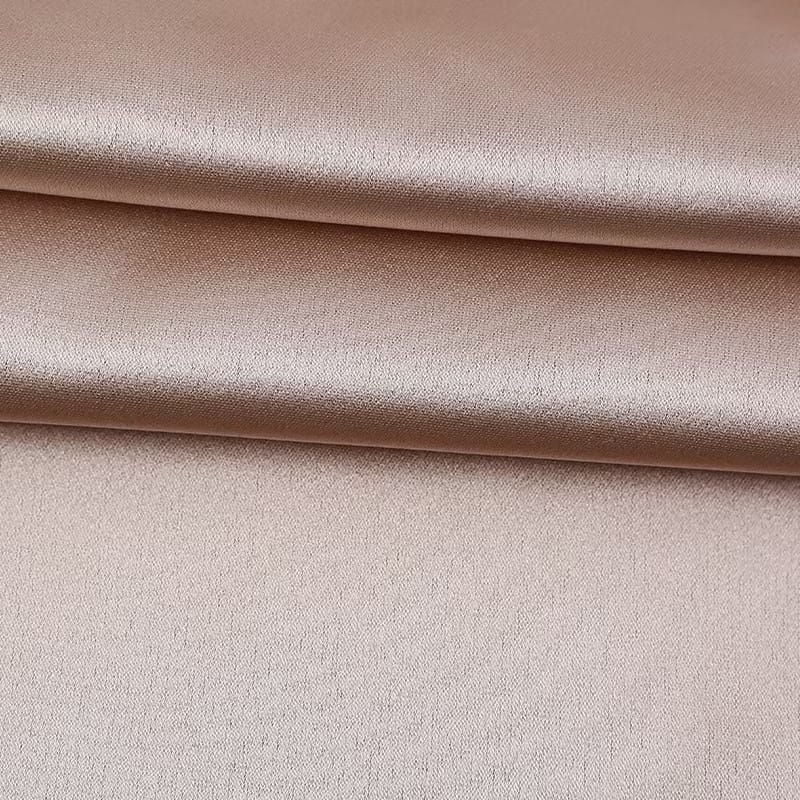
Advantages of acetate fabric:
- Smooth, shiny surface
- Drape
- Wrinkle resistance
- Easy to care for
- Affordable
Disadvantages of acetate fabric:
- Can be flammable
- Can shrink
- Can be static-prone
Recommended dress styles for acetate fabric:
- Casual:
- Sundress
- Maxi dress
- Formal:
- Cocktail dress
- Evening gown
Silk
Silk is a natural fiber that is made from the cocoons of silkworms. It is characterized by its smooth, soft, and lustrous surface. Silk is often used for dresses because it is both luxurious and comfortable.
Please note that not all factories are able to make garments from silk, because silk fabric is very fragile, and once a yarn pull occurs during processing, then a section of the fabric will be unusable.Therefore, it is necessary for experienced workers to wear gloves to process, and because the processing must be very careful, the processing time will be very long, so the processing fee will be much higher.

Advantages of silk fabric:
- Smooth, soft, and lustrous surface
- Luxurious appearance
- Comfortable to wear
- Breathable
- Wrinkle-resistant
- Durable
Disadvantages of silk fabric:
- Can be expensive
- Can be delicate
Recommended dress styles for silk fabric:
- Casual:
- Sundress
- Maxi dress
- Formal:
- Cocktail dress
- Evening gown
What is the difference between Silk, Satin and Acetate?
|
Feature |
Silk |
Satin |
Acetate |
|
Structure |
Woven |
Woven |
Woven |
|
Composition |
Natural fiber |
Synthetic fiber |
Synthetic fiber |
|
Price |
High |
Medium |
Low |
|
Features |
Smooth, soft, lustrous |
Smooth, shiny, drapey |
Smooth, shiny, wrinkle-resistant |
Additional details
- Silkis a natural fiber made from the cocoons of silkworms. It is known for its smooth, soft, and lustrous surface. Silk is a luxurious and comfortable fabric, but it can be expensive and delicate.
- Satinis a type of woven fabric with a satin weave. This weave creates a smooth, shiny surface. Satin can be made from a variety of fibers, including silk, polyester, and nylon.
- Acetateis a synthetic fiber made from cellulose acetate. It is known for its smooth, shiny, and wrinkle-resistant surface. Acetate is a versatile and affordable fabric that is often used for dresses, skirts, and other garments.
Recommendations
- Silkis a good choice for formal occasions when you want a luxurious and comfortable fabric.
- Satinis a good choice for casual and formal occasions when you want a smooth and shiny fabric.
- Acetateis a good choice for casual occasions when you want a versatile and affordable fabric.
Chiffon
Chiffon is a lightweight and sheer fabric known for its delicate and elegant appearance. It is made from highly twisted yarns, typically silk, or polyester, and has a gossamer-thin, airy quality. Chiffon fabric is characterized by its subtle sheen, soft drape, and slightly rough texture. It is commonly used in the creation of flowy and feminine garments like evening gowns, and wedding dresses.
When making garments from chiffon, in order to avoid slippage occurring when the seams flash, designers usually use a lining to support the chiffon in order to enhance the strength of the chiffon while avoiding see-through.
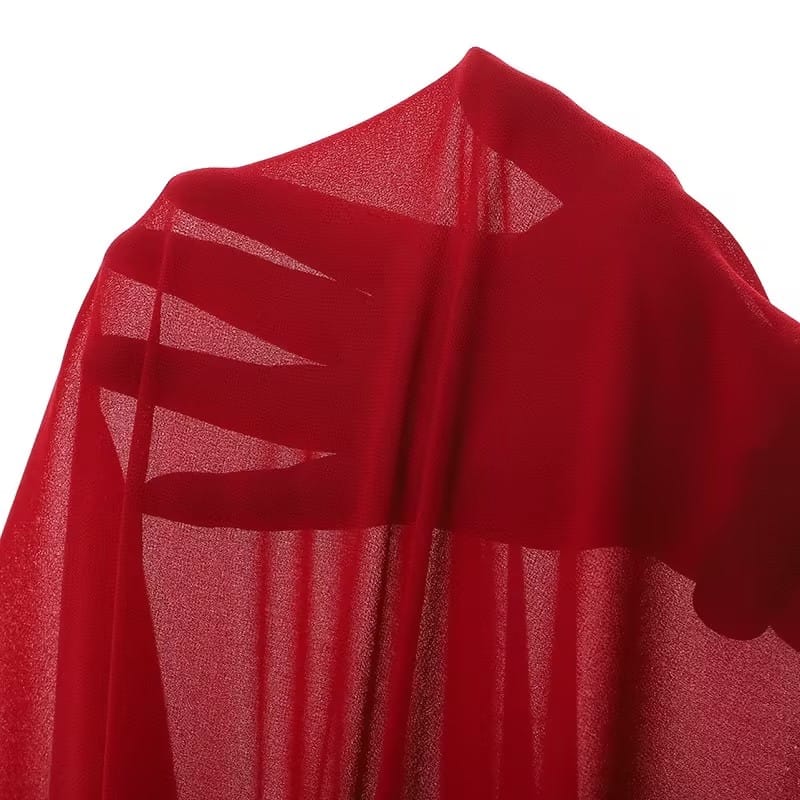
Advantages of chiffon fabric:
- Thin, light, and flowing drape
- Elegant and feminine appearance
- Versatile
- Easy to care for
Disadvantages of chiffon fabric:
- Can be see-through
- Can be delicate
Recommended dress styles for chiffon fabric:
- Casual:
- Sundress
- Maxi dress
- Formal:
- Cocktail dress
- Evening gown
Georgette
Georgette is a type of woven fabric that is characterized by its thin, soft, and sheer drape. It is made from a variety of fibers, including silk, and polyester. Chiffon uses alternating ‘S’ and ‘Z’ high-twist crepe yarns, and georgette uses alternating ‘2S’ and ‘2Z’ high-twist crepe yarns. Georgette is similar to chiffon, but it’s slightly thicker and more crepey than chiffon.
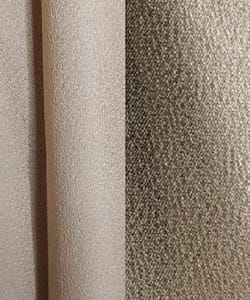
You can see the surface of the chiffon is a little brighter and smoother than georgette.
Advantages of georgette fabric:
- Thin, soft, and sheer drape
- Elegant and feminine appearance
- Versatile
- Easy to care for
Disadvantages of georgette fabric:
- Can be see-through
- Can be delicate
Recommended dress styles for georgette fabric:
- Casual:
- Sundress
- Maxi dress
- Formal:
- Cocktail dress
- Evening gown
Lace
Lace is a delicate, ornamental fabric characterized by its openwork design, typically created by looping, twisting, or braiding threads together. Lace is known for its intricate and elegant patterns, which can vary from simple to highly intricate designs. It is made from a variety of materials, including cotton, silk, nylon, and polyester, and comes in different colors.
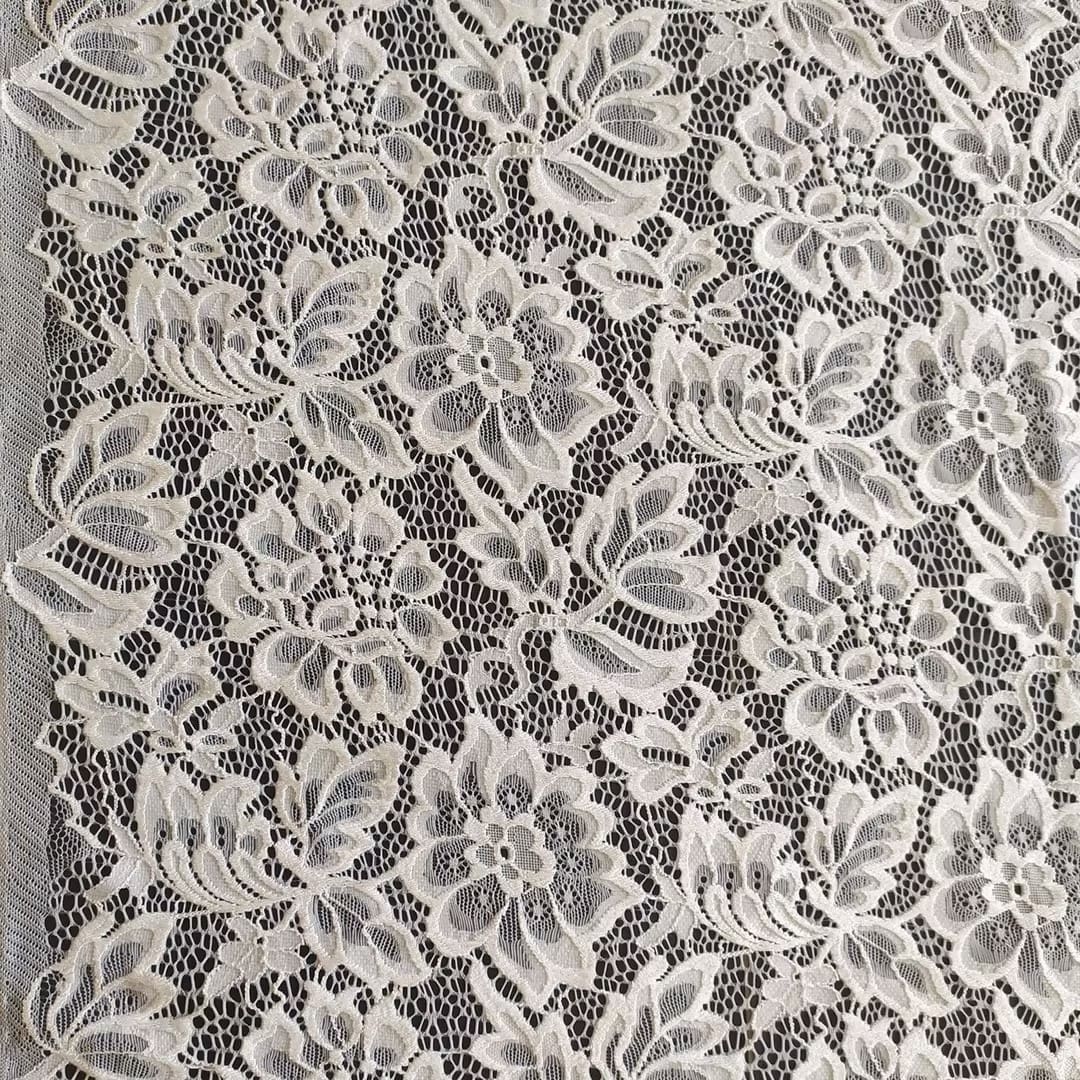
Advantages of lace fabric:
- Intricate patterns and designs
- Elegant and feminine appearance
- Versatile
- Can be used for formal and casual occasions
Disadvantages of lace fabric:
- Can be delicate
- Can be expensive
Recommended dress styles for lace fabric:
- Formal:
- Cocktail dress
- Evening gown
- Casual:
- Sundress
- Maxi dress
How to choose the best fabric for your dress project?
Selecting the right fabric for your dress project is crucial for achieving the desired look, feel, and comfort of the final garment. Here’s a step-by-step process to help you choose the best fabric:
-
Define Your Dress Project: Begin by clearly defining your dress project. Consider the occasion, season, style, and any specific requirements.
-
Identify the Fabric Properties: Determine what characteristics you want in your dress fabric. Consider factors like drape, weight, texture, and stretch.
-
Consider the Dress Style: Think about the style of the dress. A flowy maxi dress may require a different fabric than a structured sheath dress.
-
Evaluate Comfort: Consider how comfortable the fabric will be to wear. Think about breathability, softness, and any potential irritants.
-
Check Durability: Assess the durability required for your project. Formal dresses may need more delicate fabrics, while everyday wear might require sturdier materials.
-
Review Care Instructions: Think about the care and maintenance. Some fabrics are more high-maintenance and may require special care.
-
Budget Considerations: Keep your budget in mind. Some fabrics can be expensive, so choose one that fits your budget.
-
Visit Fabric Stores: Visit fabric stores or shop online to browse available options. Feel the fabrics to assess their texture and weight.
-
Ask for Swatches: If possible, request fabric swatches to take home and evaluate in different lighting conditions.
-
Consult with Experts: Seek advice from fabric store experts or consult with a professional seamstress or designer for recommendations.
-
Consider the Occasion: Think about the occasion for which the dress is intended. Formal events may require luxurious fabrics, while casual wear can be more relaxed.
-
Check Fabric Content: Review the fabric content. Fabrics may be pure (e.g., 100% cotton) or blends (e.g., cotton-polyester), each with its own characteristics.
-
Evaluate Color and Pattern: Choose a fabric that complements your color and pattern preferences, keeping in mind the design of the dress.
-
Think About Lining: Decide whether you need a lining for your dress and choose a suitable lining fabric.
-
Consider Environmental Impact: If sustainability is a concern, look for eco-friendly and sustainable fabric options.
-
Make a Test Garment: If you’re uncertain about how the fabric will work, consider making a test garment (muslin or toile) before cutting into the final fabric.
-
Finalize Your Choice: After considering all these factors, make your fabric selection based on what best aligns with your project’s requirements.
Choosing the right fabric for your dress project can greatly influence the final outcome, so take your time and carefully consider these steps to ensure your dress is exactly what you envision.
Conclusion
Choosing the right dress fabric is not merely a matter of aesthetics; it’s a nuanced decision that requires a thorough understanding of the fabric’s properties, how it handles various printing and processing techniques, and its ethical and sustainability credentials. As a designer, your choice of fabric can make or break your design, and as we’ve discussed, each type of fabric comes with its unique set of advantages and challenges.
At Valtin Apparel, we understand the symbiotic relationship between fabric and design. Our low MOQ, quick sample production, and stringent quality checks make us an ideal partner for all your dress fabric needs. Whether you’re just starting or looking to scale, our range of dress fabrics offers the quality and versatility you need to bring your creative vision to life.
The world of dress fabric is continuously evolving, and as a designer, staying adaptable and informed is crucial for success. For more insights and support, feel free to reach out to our experts at Valtin Apparel. Your next masterpiece starts with the right fabric, and we’re here to help you find it.


